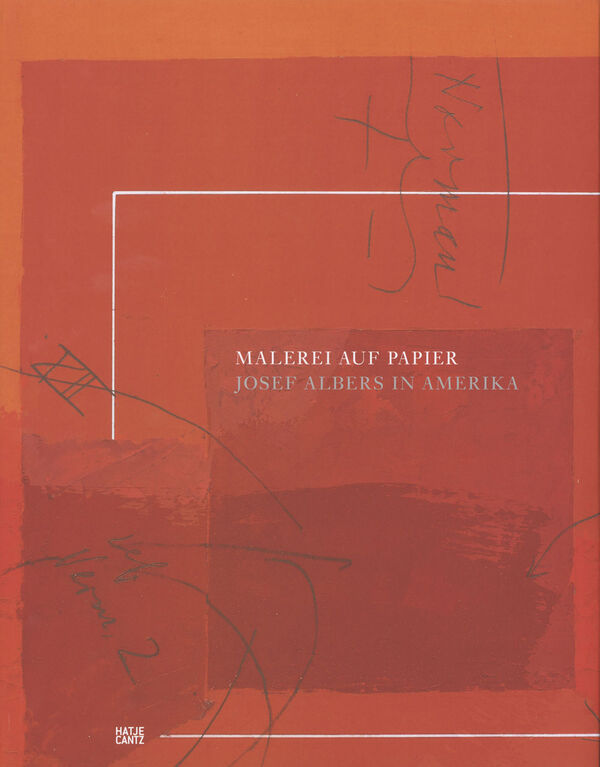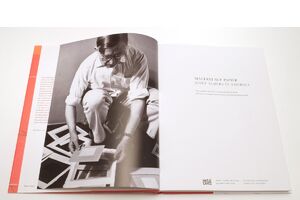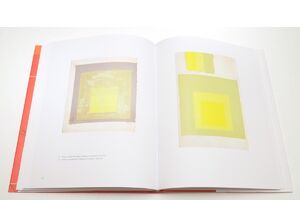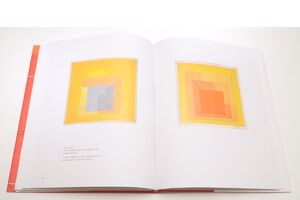Josef Albers in Amerika – Malerei auf Papier
This publication presents a wealth of in part entirely unknown colored works on paper by Josef Albers (1888–1976), documented here for the first time. It was not until the German-born artist emigrated to the United States that he emerged as a prominent artist and influential teacher.
Beginning in about 1940, Albers allowed himself to be inspired by Mexico’s pre-Columbian architecture, sculpture, and textile art, which led to a liberation of his aesthetic sensibilities and to unconventional, radiant pitches of color, the likes of which modern painting in Europe had never seen before. In circa 1950, he then discovered the square, which in his eyes was the ideal form for color. The artist was both a resolute painter as well as a color philosopher. Each of the works on paper presented here arouses a sensuous fascination for the phenomenality of color.
Beginning in about 1940, Albers allowed himself to be inspired by Mexico’s pre-Columbian architecture, sculpture, and textile art, which led to a liberation of his aesthetic sensibilities and to unconventional, radiant pitches of color, the likes of which modern painting in Europe had never seen before. In circa 1950, he then discovered the square, which in his eyes was the ideal form for color. The artist was both a resolute painter as well as a color philosopher. Each of the works on paper presented here arouses a sensuous fascination for the phenomenality of color.



